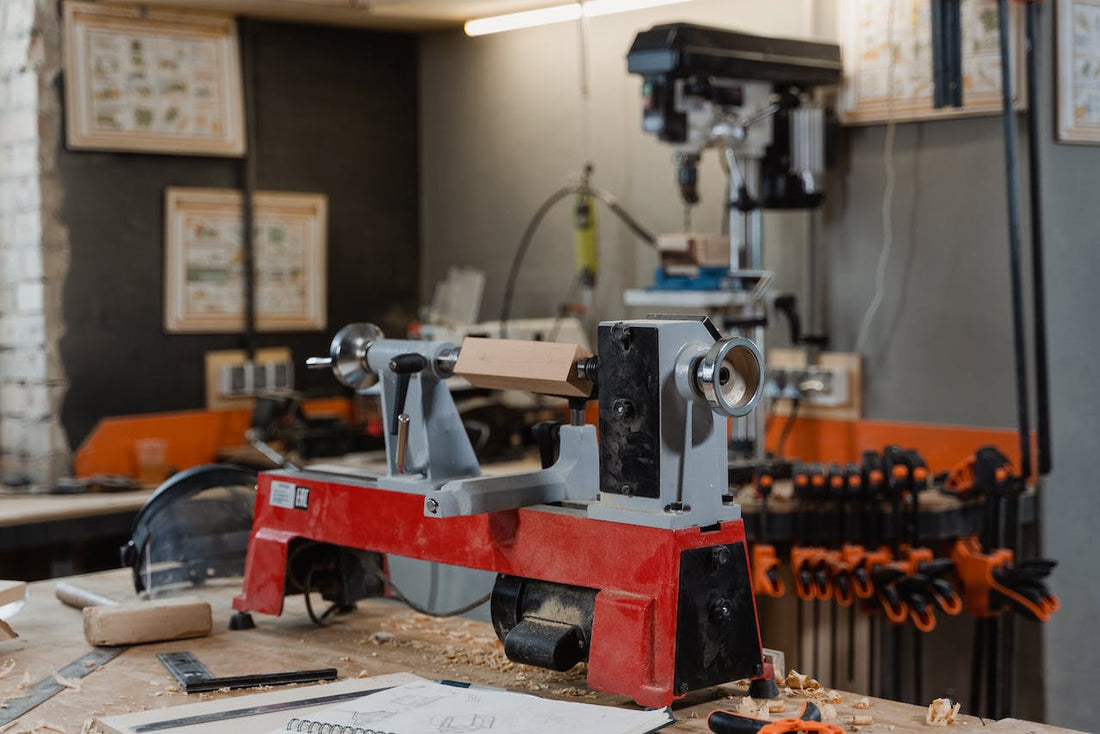Introduction:
Welcome to the world of lathes – versatile machines used for shaping materials like wood, metal, and plastics. Whether you're a novice or aspiring craftsman, understanding the fundamentals of this essential machining tool is crucial for mastering its capabilities.
What is a Lathe?
At its core, a lathe is a machine that rotates a workpiece on its axis to perform various operations such as cutting, drilling, sanding, and turning. This spinning motion allows for precision shaping of the material.
Types of Lathes
Lathes come in different types catering to specific needs:
1. Wood Lathe: Primarily used for woodworking projects, crafting bowls, spindles, and other wooden objects.
2. Metal Lathe: Designed for machining metal components, capable of high precision and durability.
3. CNC Lathe: Utilizes computer numerical control for automated and precise machining processes.
Basic Components of a Lathe:
Understanding the key parts of a lathe is fundamental:
1. Bed: The base supporting the lathe components.
2. Headstock: Houses the spindle and motor, responsible for rotating the workpiece.
3. Tailstock: Offers support for longer workpieces and often includes a quill for drilling operations.
4. Tool Rest: Provides a platform for the cutting tool to rest while shaping the material.
5. Tool Post: Holds the cutting tool and allows for adjustments during machining.
Essential Lathe Tools and Accessories
1. Cutting Tools: Different types like gouges, chisels, and parting tools are used for specific tasks.
2. Chucks and Faceplates: Securely hold the workpiece in place for turning and shaping.
3. Safety Gear: Goggles, ear protection, and aprons are vital to protect against debris and potential hazards.
Basic Lathe Operations
1. Preparing the Lathe: Ensuring the machine is properly set up, clean, and the workpiece securely fastened.
2. Selecting Speeds and Feeds: Understanding the optimal rotation speed and tool movements for different materials.
3. Fundamental Techniques: Introduction to turning, facing, drilling, and threading.
Conclusion:
Mastering the lathe requires patience, practice, and a solid understanding of its basics. By familiarizing yourself with the different types, components, tools, and operations, you're on your way to unleashing the creative potential of this versatile machining tool.
Additional Tips and Resources:
- Explore online tutorials and instructional videos for hands-on guidance.
- Join local workshops or communities to learn from experienced craftsmen.
- Always prioritize safety by following manufacturer guidelines and wearing appropriate protective gear.
---
This blog post aims to provide a comprehensive introduction to lathe basics, laying the foundation for further exploration and hands-on experience in using this powerful tool for woodworking or metalworking endeavors.

